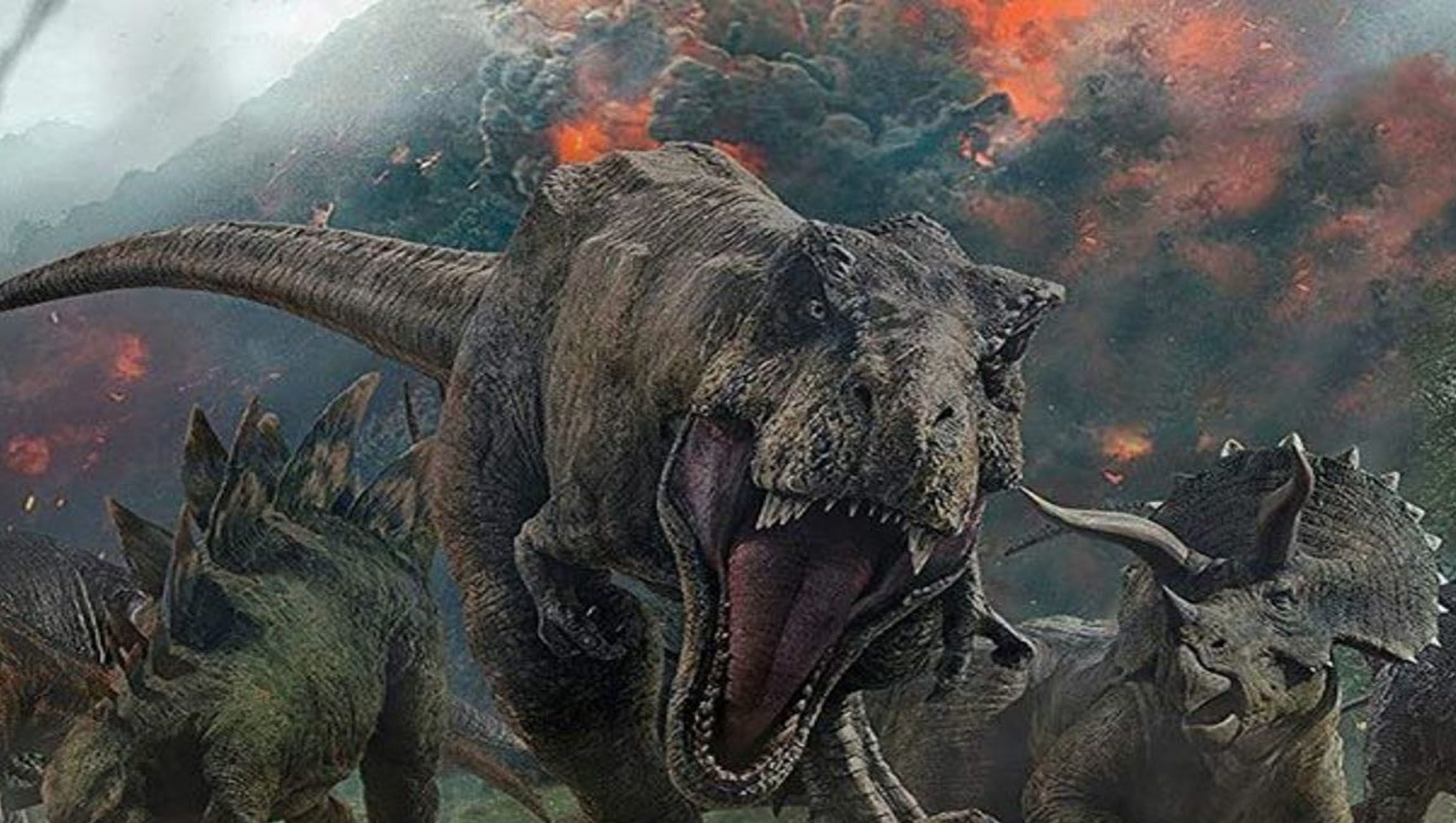Create a free profile to get unlimited access to exclusive videos, sweepstakes, and more!
These dinosaurs literally walked on fire during Earth's own inferno

Firewalking is usually something you see in a sideshow, but 183 million years ago, it meant survival.
When sandstone with dinosaur footprints surfaced between layers of igneous rock beneath a farm in the Karoo basin of South Africa, it was a time warp to a violent chapter in Earth’s past. This was a mass extinction event during the Lower Jurassic that took out most terrestrial and aquatic life. Somehow, most dinosaurs and mammals somehow survived the intense volcanic eruptions that wracked the planet in between too-short breaks. There were even the tracks of a new species hiding among the 25 that were found.
“[These] were among the last vertebrates that inhabited the main Karoo Basin some 183 million years ago,” said research lead Emese Bordy in a study recently published in PLOS One. “Although these vertebrates survived the first Karoo volcanic eruptions, their rapidly dwindling habitat was turned into a land of fire as it was covered by the outpouring lavas during one of the most dramatic geological episodes in southern Africa."
Bordy first discovered one of the footprints of what she calls “figurative firewalkers” in a hazy photograph that led her to the farm, where she and her team dug up the remnants of a temperamental era. Why figurative? They were literally tiptoeing between short lulls in the volcanic activity that turned Earth into an inferno.
The Karoo basin is one of the largest deposits of basalt on Earth. Basalt is an igneous rock that forms when lava cools rapidly. Meaning this was the site of one of the most enormous lava flows spewed by volcanoes on prehistoric Earth. Ash from these eruptions would accumulate in the atmosphere and block sunlight (kind of like a nuclear winter), while at other times the greenhouse effect of atmospheric CO2 would turn up the heat on the entire planet.
The entire catastrophe is believed to have originated in the explosive Karoo region. Imagine that scene in Jurassic World: Fallen Kingdom when the dinosaurs are fleeing for their lives when the volcano on Isla Nublar is about to vomit lava. Even then, environmental factors that contribute to mass extinctions are still not well understood, never mind that whatever happened in the environment to allow the coexistence of dinosaurs and mammals during this particular extinction event, called “The Dawn of the Dinosaurs,” is still very much a mystery.
Bordy’s analysis of the lava flows, plant fossils, and rocks has given her insight into the landscape during that period. She said that this region “still preserves important and diverse remains of past life” and that her team’s work has helped “refine the relationship between the continental ecosystems in the main Karoo Basin to the Pliensbachian-Toarcian global biotic crisis event, which originated in the Karoo-Ferrar region.”
What else was discovered among the lava flows frozen in time was a new ichnospecies of dinosaur—meaning it could only be identified by its footprints and no existing fossils. Nothing else of Afrodelatorrichnus ellenbergeri has been found so far. Further digging could end up giving this ghost dinosaur a body. It’s happened before.
(via PLOS ONE)


























